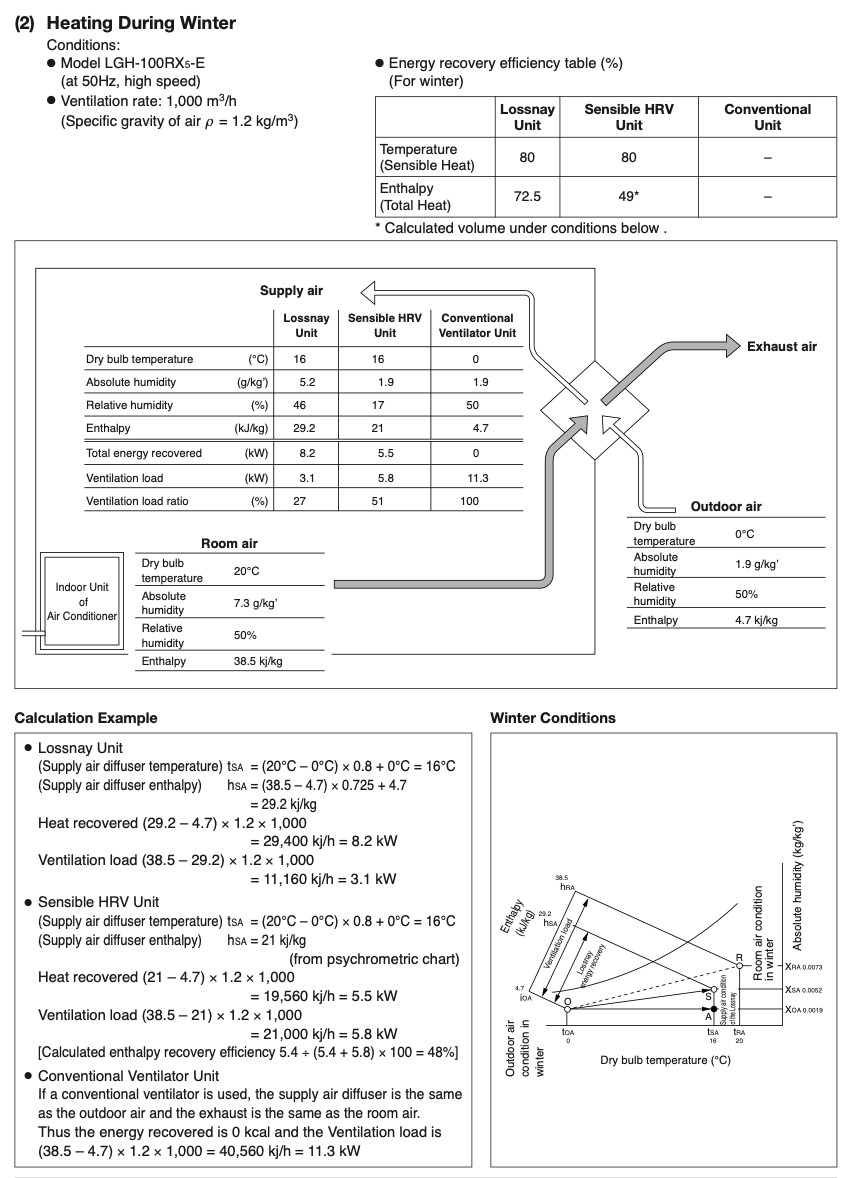Ten years ago, I visited a local ventilation installation company and got a five minute run down on what was important. I Also had prices for balanced heat recovery. The heat exchangers were $3,000-$5,000. That was too much for a 1960 house which leaks air so we moved to other cheaper technology like more insulation, heat pumps and dehumidifiers.
This related topic I remembered from 2014:
Positive Pressure or Balanced Pressure ventilation system?
There was at least one more topic that was on similar options but got into the heat losses from ducting in a lot more detail - I’ll look for it when I have time.



